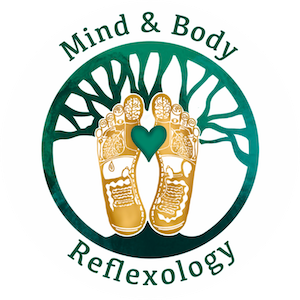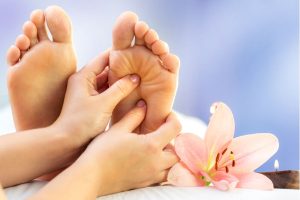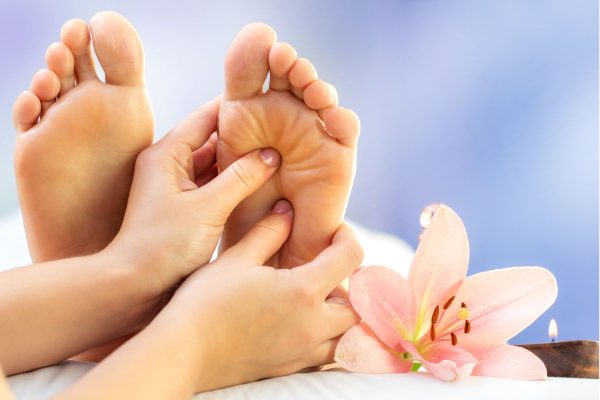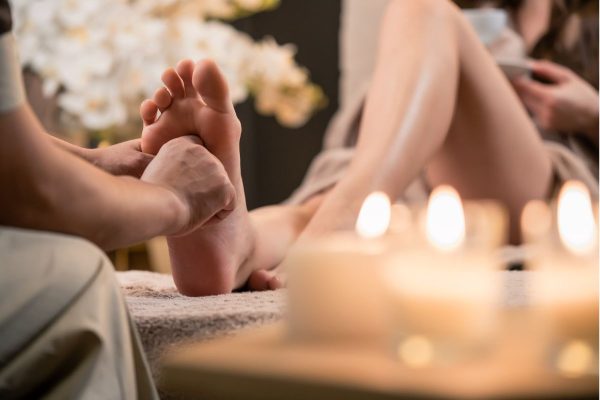Reflexology is a complementary therapy that uses pressure and massage techniques on specific reflex points on the feet, hands, and ears. The underlying principle of reflexology is that these reflex points correspond to specific organs and systems in the body. By applying pressure to these points, reflexologists believe that they can promote healing and balance throughout the body.
Reflexology is an ancient practice that has been used for thousands of years in cultures around the world. In modern times, reflexology has gained popularity as a holistic therapy that can be used to address a wide range of health issues, including stress, anxiety, pain, and digestive problems.
During a reflexology session, the client typically lies down on a comfortable massage table or recliner. The reflexologist then uses their fingers, thumbs, and sometimes even tools like wooden or rubber rollers to apply pressure to the reflex points on the feet, hands, and ears. The pressure may be firm but should not be painful. The reflexologist may also use other massage techniques to promote relaxation and help the client release tension.
Reflexologists believe that by stimulating the reflex points, they can promote the flow of energy, or “chi,” throughout the body. This, in turn, can help to balance the body’s systems and promote healing. Reflexology is also thought to stimulate the release of endorphins, the body’s natural painkillers, and to promote the relaxation response, which can help to reduce stress and promote overall wellbeing.
There are many different theories about how reflexology works, and there is still much to be learned about the science behind it. However, many people who have tried reflexology report feeling more relaxed and less stressed, and some even report improvements in specific health conditions.
One of the benefits of reflexology is that it is non-invasive and generally safe for most people. However, it is important to talk to your doctor before trying reflexology if you have any medical conditions or concerns. Reflexology should also not be used as a substitute for medical treatment or advice.
If you are interested in trying reflexology, it is important to find a qualified reflexologist who has received proper training and certification. You can ask for recommendations from friends or family members, or search online for a reflexologist in your area. It is also a good idea to ask the reflexologist about their training and experience, and to make sure that you feel comfortable with them before starting a session.
In conclusion, reflexology is a holistic therapy that uses pressure and massage techniques on specific reflex points on the feet, hands, and ears to promote healing and balance throughout the body. While the science behind reflexology is still being studied, many people have reported feeling more relaxed and less stressed after trying reflexology. If you are interested in trying reflexology, be sure to find a qualified reflexologist who has received proper training and certification.



